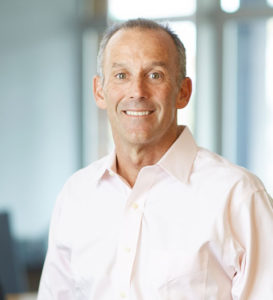JMI Equity is a San Diego and Baltimore, MD-based growth equity firm focused on investing in leading software, internet, business, services and healthcare IT companies. Founded in 1992 by Harry Gruner and Charles Noell, the firm had initial limited partner funding from John Moores, the founder and former Chairman and CEO of BMC Software. JMI has since then raised over $3 billion to invest across early-stage, mid-stage, late-venture and expansion stage companies.
Maintaining a current team of about 30 investment professionals, JMI has completed over 130 investments, 85 exits and 19 IPOS, with a flexible investment range from $15 million to $100 million.
In August of 2014, JMI raised $1 billion for JMI Equity Fund VIII, its largest fund to date, which focuses on companies that sell software in the high-growth business-to-business (B2B) economy. Existing investors, including college endowments, foundations, pension funds and family investment funds, accounted for about 95% of the capital commitments. JMI’s previous fund, JMI Equity Fund VII, raised $875 million in November 2010.
JMI Managing General Partner Paul Barber told Xconomy in an interview that while valuation is an issue amidst strength in the public and private markets, the firm is highly selective in choosing their investments. While the private equity shop meets with an average of 500 CEOs every year, it ends up making just 17 investments over a typical four-year investment cycle.
Some of the firm’s most significant exits include Autotask, BigMachines, Eloqua, Gemcom, and ServiceNow. JMI focuses on cloud-computing companies, or companies with cloud-based strategies, along with firms that offer software-as-a-service, as the firm foresees enterprise IT spending continuing to surge since its inception two-and-a-half decades ago.
“Every year, the dollars and percentage invested in software goes up, while the dollars and percentage spent on hardware goes down,” said Barber. “That was the fundamental thesis that we’ve been using since 1992.”
























